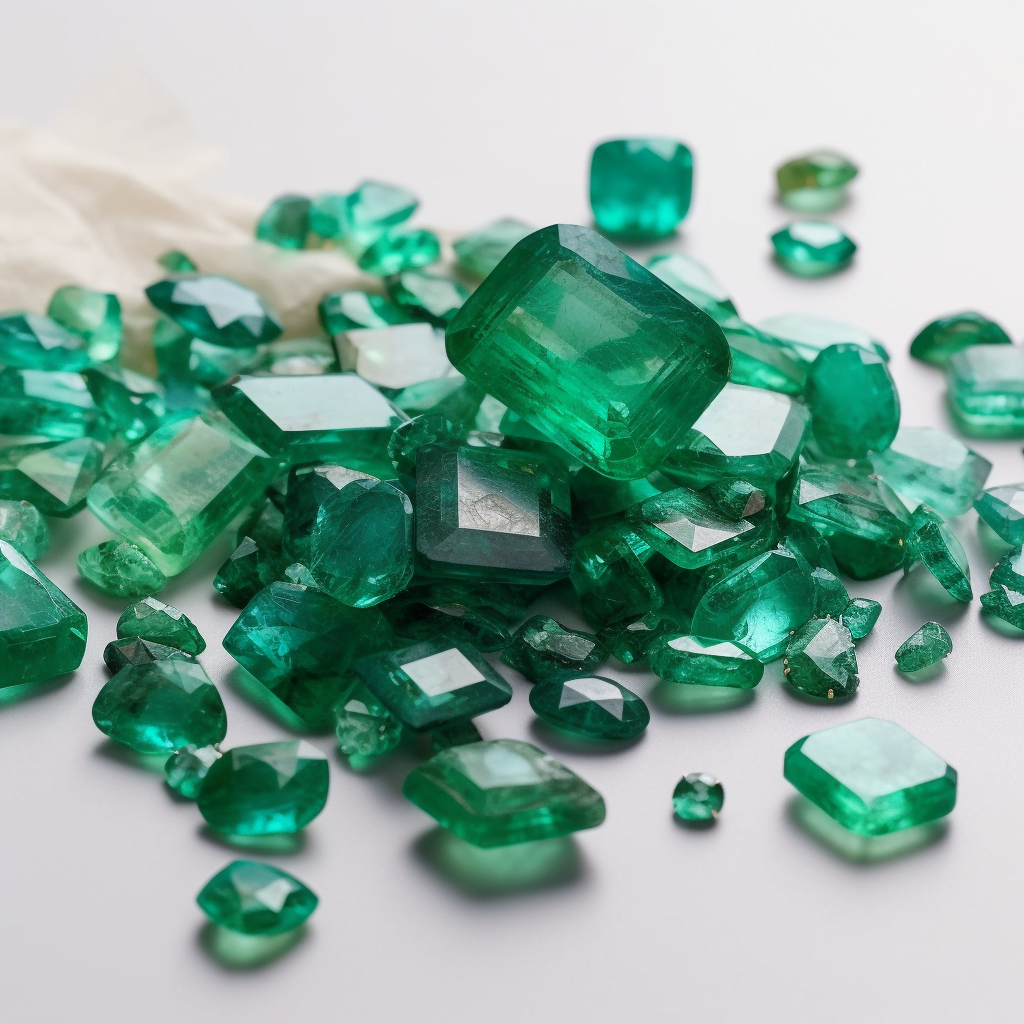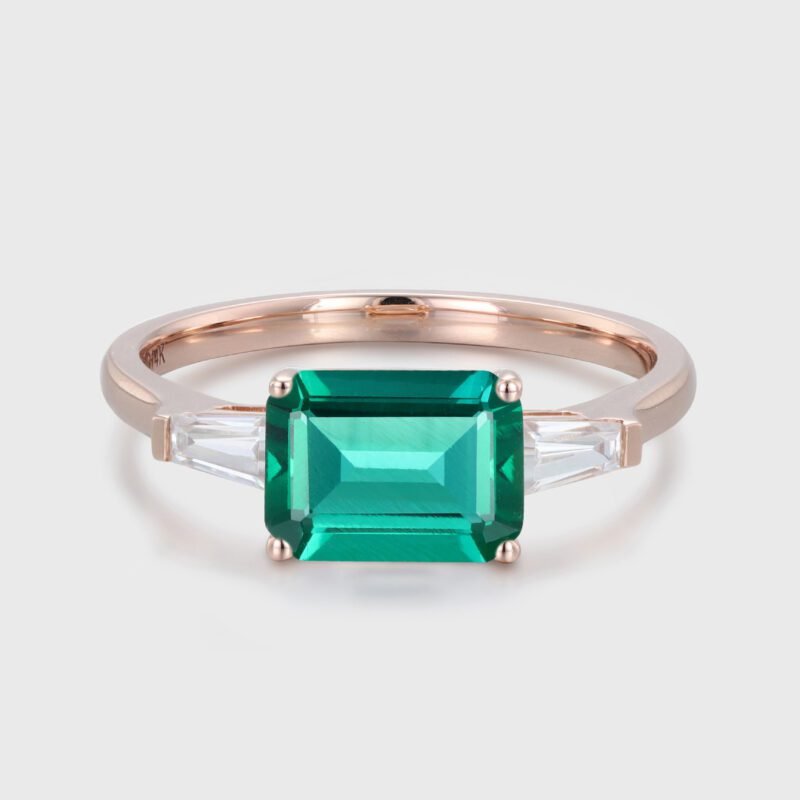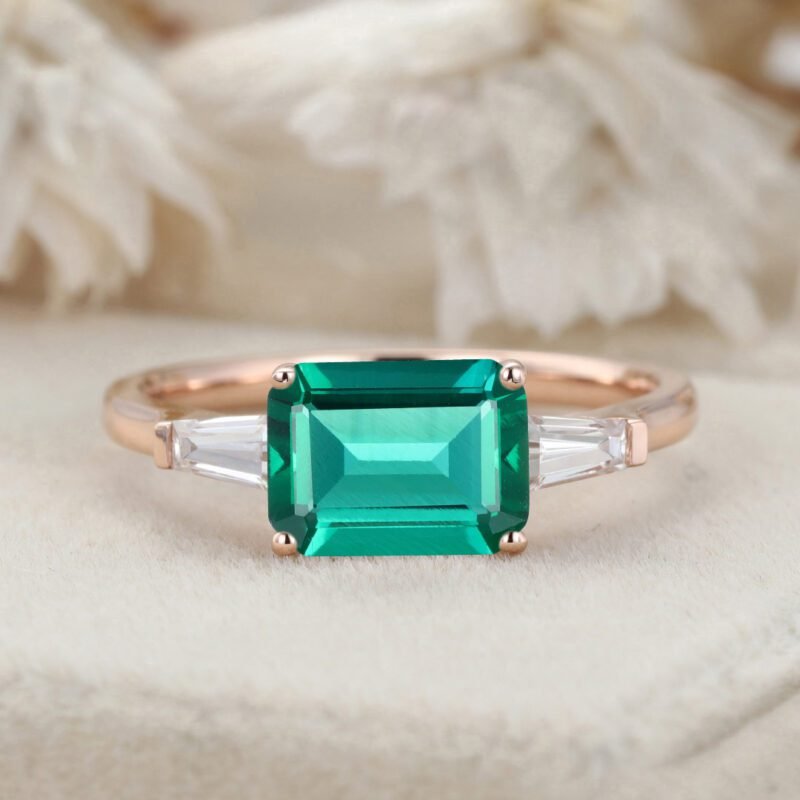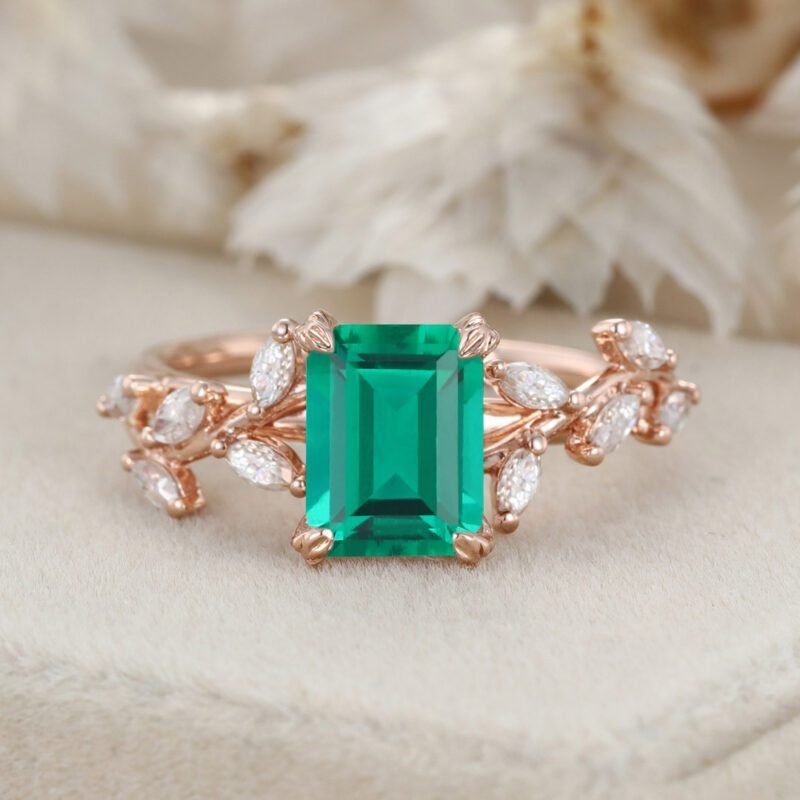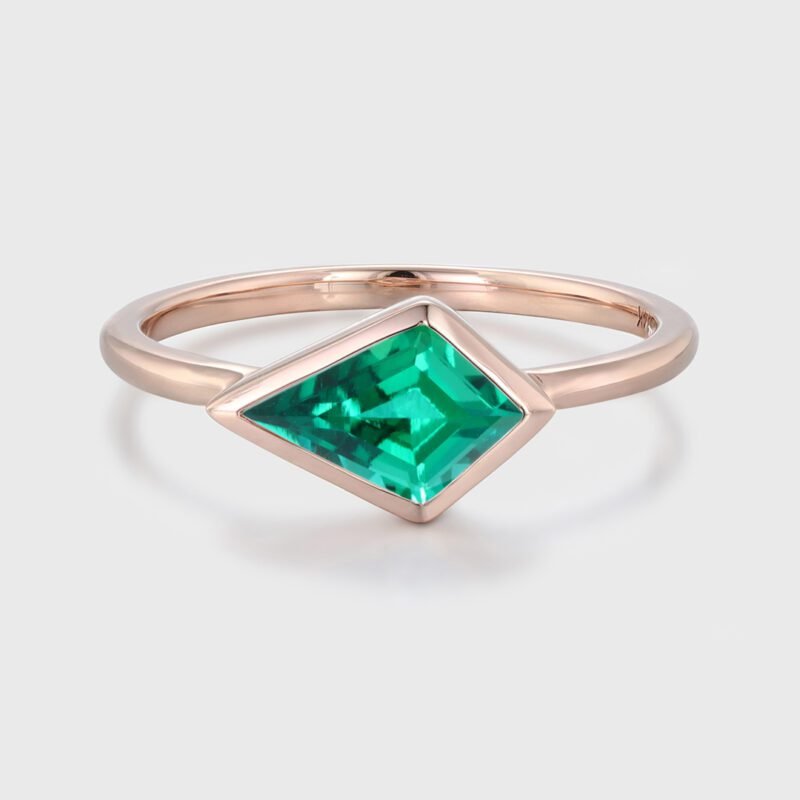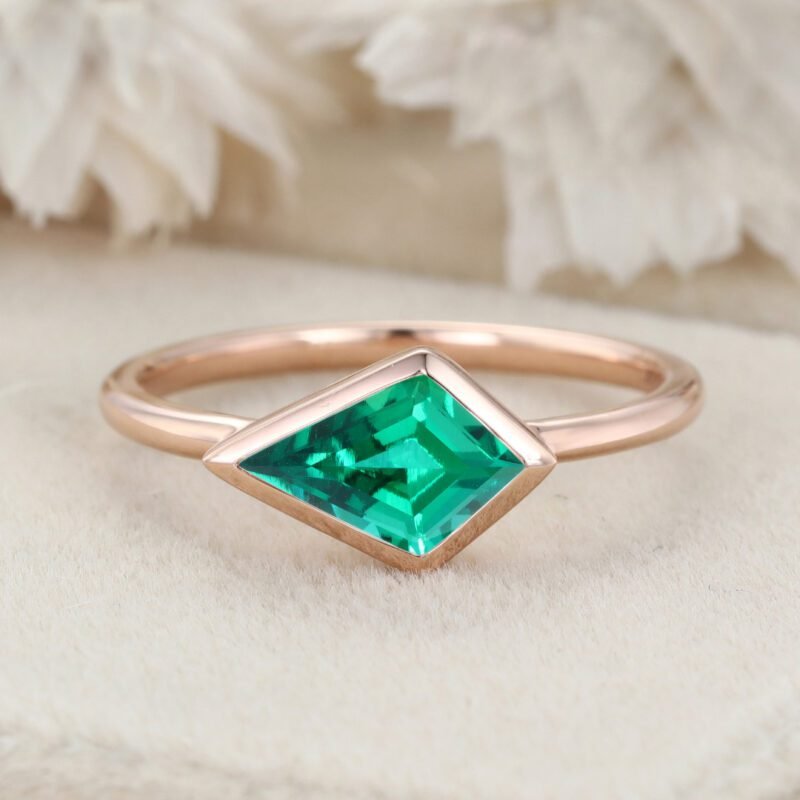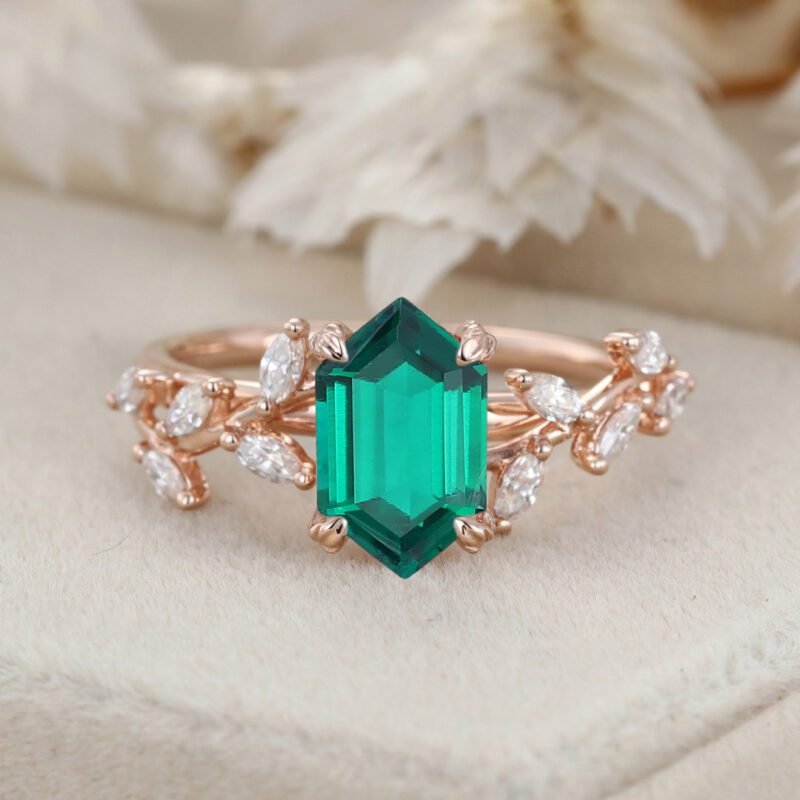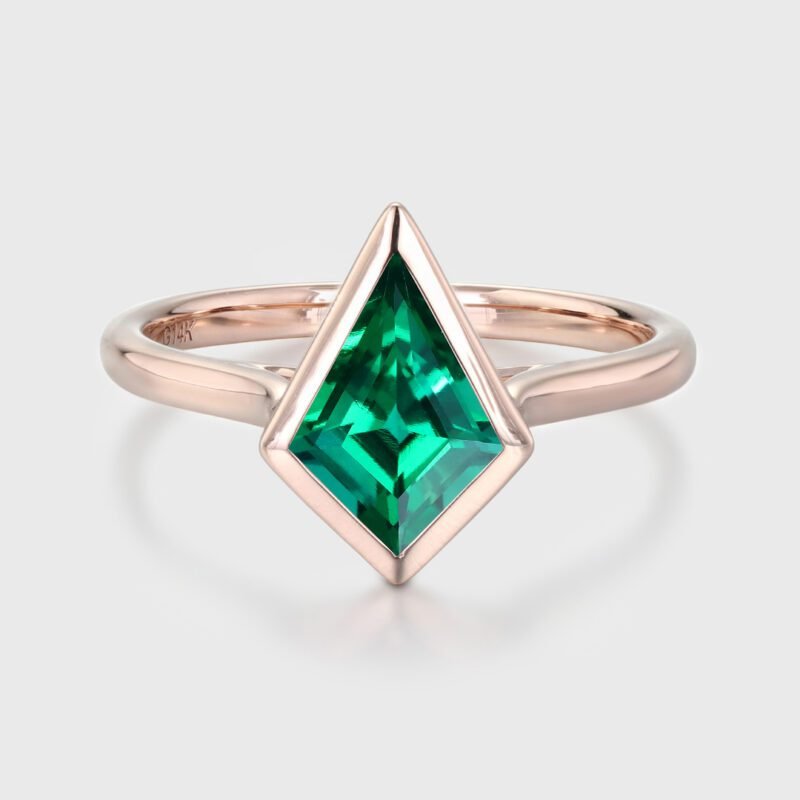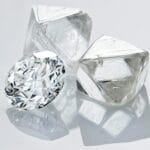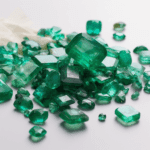Emeralds are a precious gemstone known for their vivid green color and their rarity. They have been highly sought after for centuries, and are often associated with royalty and luxury. However, traditional mining of emeralds can be a long, expensive, and environmentally damaging process. This has led to the development of lab-grown emeralds, which offer a more sustainable and cost-effective alternative. In this article, we will explore what lab-grown emeralds are, how they are made, their benefits and drawbacks, and how they compare to natural emeralds.
What are Lab-Grown Emeralds?
Lab-grown emeralds are created using a process called crystal growth. This involves creating an environment that mimics the conditions under which natural emeralds are formed, allowing for the growth of emerald crystals in a lab setting. The resulting crystals have the same chemical and physical properties as natural emeralds, and are virtually indistinguishable from them to the naked eye.
How are Lab-Grown Emeralds Made?
There are several methods for growing lab-grown emeralds, but the most common is the hydrothermal method. This involves dissolving aluminum oxide and beryllium oxide in water, along with small amounts of other minerals to act as catalysts. The resulting solution is then placed in a sealed container, which is heated to high temperatures and pressures. Over time, emerald crystals begin to form in the solution, growing larger and larger as more time passes.
Another method is the flux method, which involves heating a mixture of powdered minerals and fluxes in a crucible until the mixture melts. The crucible is then allowed to cool slowly, allowing emerald crystals to form as the mixture solidifies.
Benefits and Drawbacks of Lab-Grown Emeralds
One of the biggest benefits of lab-grown emeralds is their sustainability. Traditional mining methods can be incredibly damaging to the environment, and can often involve exploitation of workers in developing countries. Lab-grown emeralds, on the other hand, can be produced in a controlled environment without any negative impact on the environment or human rights.
In addition to their sustainability, lab-grown emeralds are also more affordable than natural emeralds. This makes them a great option for people who want the look of an emerald without the high cost. They also come in a wider range of sizes and shapes than natural emeralds, making them more versatile for use in jewelry.
However, there are also some drawbacks to lab-grown emeralds. Some people believe that natural emeralds have a certain mystique and value that lab-grown emeralds can never replicate. Additionally, because lab-grown emeralds are more affordable, they may not hold their value as well over time as natural emeralds do.
How do Lab-Grown Emeralds Compare to Natural Emeralds?
In terms of their appearance, lab-grown emeralds are virtually identical to natural emeralds. They have the same chemical and physical properties, and are often difficult to distinguish from natural emeralds without the use of specialized equipment. However, there are some key differences between the two types of emeralds.
One of the biggest differences is their origin. Natural emeralds are formed deep within the earth over millions of years, while lab-grown emeralds are created in a matter of weeks or months in a lab setting. This difference in origin can impact the perceived value of the two types of emeralds.
Additionally, natural emeralds can have unique inclusions and imperfections that make each stone unique. Lab-grown emeralds, on the other hand, are often more consistent in their appearance and lack these natural imper
fections. Some people may prefer the natural beauty and uniqueness of a natural emerald, while others may appreciate the consistency and affordability of a lab-grown emerald.
In terms of durability, both natural and lab-grown emeralds are relatively soft compared to other gemstones, and can be easily scratched or damaged. However, proper care and maintenance can help to keep them looking their best for years to come.
The appeal of lab-grown emeralds.
Emerald enthusiasts and gem aficionados alike are often captivated by the mesmerizing allure of lab-grown emeralds. These exquisite creations, cultivated through meticulous processes, boast an uncanny resemblance to their natural counterparts, boasting high color grades that can rival even the most exceptional of natural emeralds.
What truly sets lab-grown emeralds apart is their remarkable fidelity to the physical mineral properties of their naturally occurring counterparts. In terms of hardness, refractive index, specific gravity, and more, cultivated emeralds stand shoulder to shoulder with their natural brethren, showcasing a remarkable consistency that has left gemologists and jewelers alike in awe.
Delving into the intricate art of lab-grown emerald generation, we uncover a process that mirrors the very essence of nature’s craftsmanship. The foundational principle guiding the creation of cultivated emeralds remains aligned with the intricate dance of crystallization witnessed in the heart of the Earth. However, this replication is not without its own unique quirks.
Throughout the crystallization process, lab-grown emeralds may occasionally exhibit a fascinating cracked texture—a stark contrast to the pristine clarity of their natural counterparts. Yet, paradoxically, it is precisely this divergence that results in an overall clarity that often surpasses that found in nature itself. This curious interplay of imperfections and brilliance is emblematic of the dynamic world of lab-grown emeralds, where science and art converge to create gemstones that leave an indelible mark on the world of jewelry and beyond.
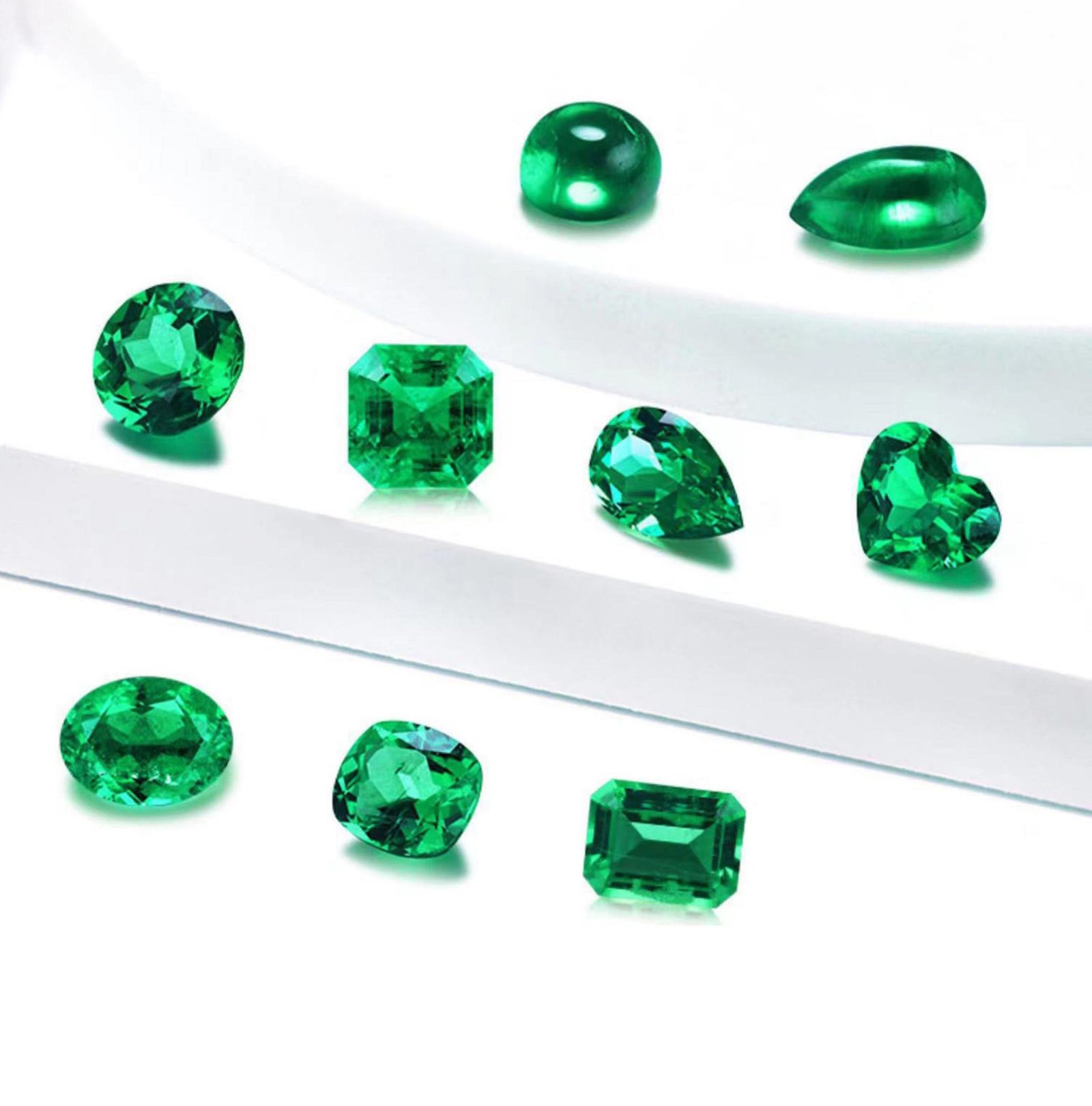
Certificate from a jewelry institution:
When purchasing a ring from our Lab Cultured Gemstone Collection, you have the option of obtaining a Gemological-Research-Institute-Of-Swiss certificate, which will be labeled with the Lab Cultured description.
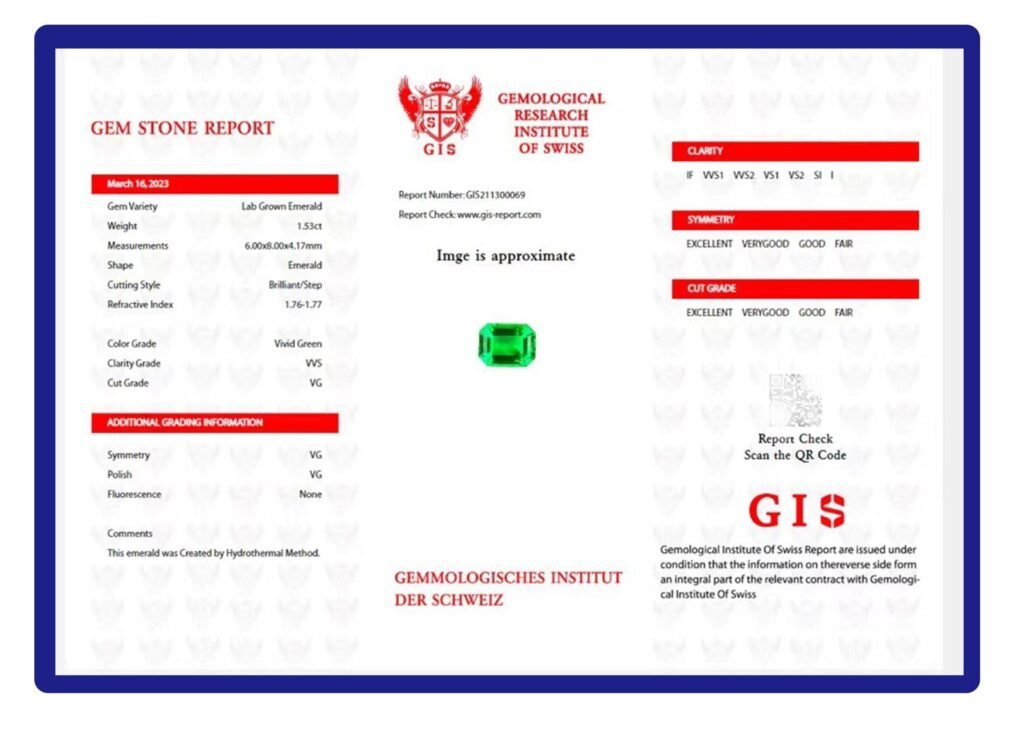
Conclusion
Lab-grown emeralds offer a sustainable and affordable alternative to natural emeralds, without sacrificing their beauty or quality. While they may not hold the same mystique and value as natural emeralds for some people, they are a great option for those who want the look of an emerald without the high cost or environmental impact of traditional mining methods. At oveela Jewelry, we promote the use of lab grown emeralds for jewelry that is ethically and environmentally friendly.

